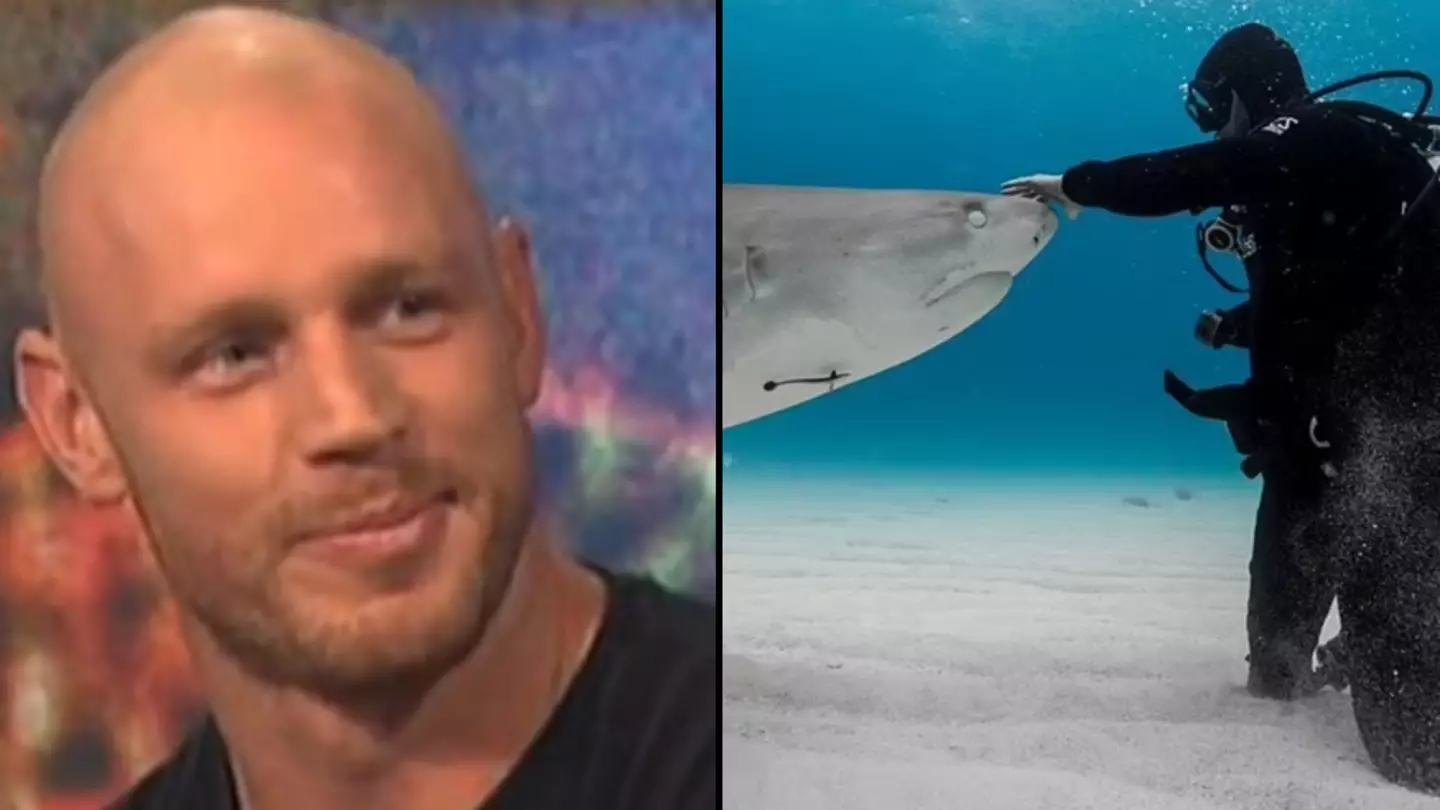
WARNING: CONTAINS GRAPHIC CONTENT
Former Navy Diver Paul De Gelder was 28 when he lost his forearm and right leg after being attacked by a bull shark in Sydney Harbour in 2009.
He had been floating on his back during a counter-terrorism exercise when the shark struck, having looked like ‘an injured seal’ as he bobbed on the surface in a black wetsuit and black fins.
Sadly, another man earlier this week - British expat Simon Nellist - hadn't been so lucky when he was mauled by a shark in east Sydney. It was the first fatal attack in the city in 59 years.
Advert
De Gelder has previously spoken about how he survived his own encounter with a shark more than a decade ago, also explaining just how much pain he had been in.

In a 2019 interview with Australia’s ABC News, de Gelder said he still ‘loves sharks’, but that the attack – as you’d imagine – seriously hurt.
“If you can imagine a bear trap but instead of having big steel spikes, it has about 36 razor blades either side and they move in opposite unison together, sawing through your flesh until they meet in the middle and then ripping out the rest,” he said.
“That is what happened to my hamstring and to my hand. And it was very painful.
Advert
.jpg)
“I kept my stump above my heart to stem the bleeding, and I swam back to my safety boat. I was swimming through a pool of my own blood.”
De Gelder - who has since made a bit of a career out of his experience, having written a book, travelled the world to document the predators and even become a presenter for the Discovery Channel’s Shark Week - tried to punch the shark in the nose, but before he was able to it started to shake him.
But when its tail started thrashing the water, splashing water in his face, he suddenly realised he ‘wasn’t dead’ and looked up to find the safety boat to swim to safety.
As for how he survived, de Gelder explained how you can't swim away from the shark, as it’ll trigger its ‘predatory mode’. Instead, he said, you have to ‘face off’ against it.
Advert

He said: “What happens if you do get attacked? It may sound counterintuitive when dealing with a shark in your immediate vicinity while you are swimming in the water, but you have to remain calm.
“Because then you will be more clear-headed, and the one thing that you don't want to do is what you should do: you have to face off against the shark.
“If you swim away from it, you put it into its predatory mode and it will stalk you and it will hunt you and it will probably attack you. You have to face off against it.
“Sharks are often ambush hunters. They are opportunistic feeders and they won't attack something that they know is going to fight back, because they don't want to get hurt either.”
Advert

De Gelder added: “What I've learned to do, drifting through the Atlantic Ocean with a school of oceanic whitetip sharks around me for two days and two nights, is if you meet them with aggression, they will meet you with aggression.
“Slowly push them away, show them you are a dominant force, remain calm and they are not going to attack you 99 percent of the time.
“But they are a wild animal, so you have to be very, very cautious.”
Topics: Animals